Last Updated on October 17, 2023 by Ariana Svenson
Here is our collection of fun facts about Peru. Before I had children, I lived in Peru for many years and traveled far and wide in this fascinating country. I’ve included here Peru facts for kids that my own children find interesting, and I am sure you will too!
In short, from Inca facts to Machu Picchu, from the Coast to the cities like Cusco, there is so much to discover about Peru with these interesting facts about Peru. Enjoy these Fun Facts about Peru!
This post may contain affiliate links, from which we would earn a small commission, at no extra cost to you. More info in my disclaimer.
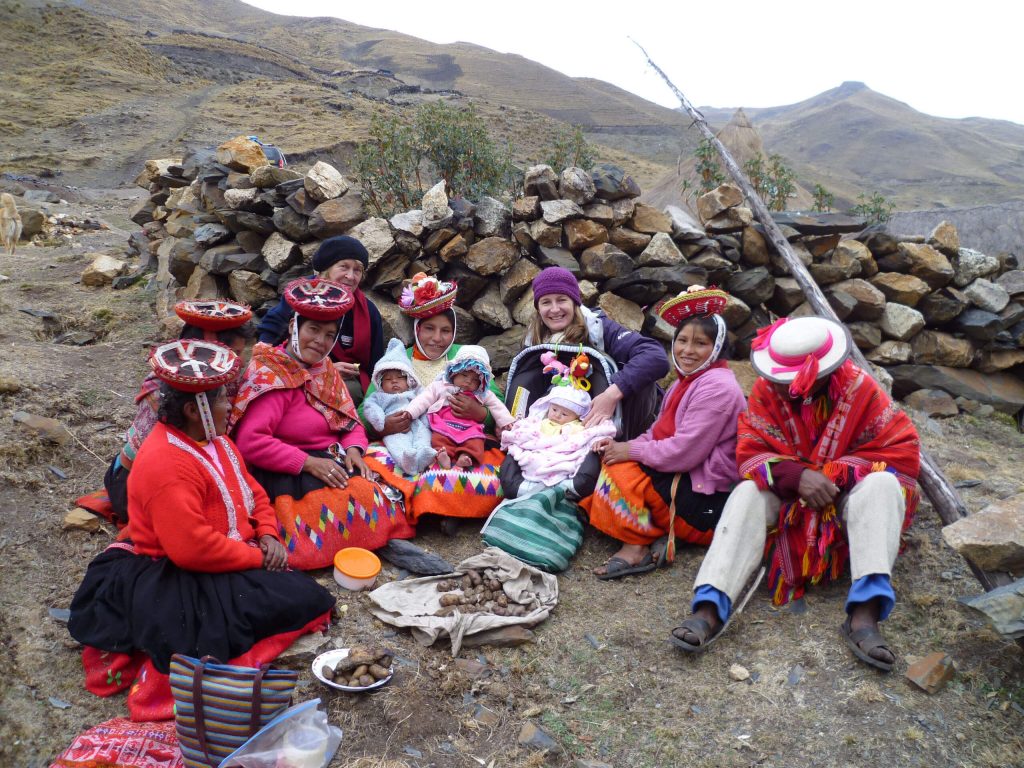
Peru in a Nutshell: A Unique Country in Western South America, Home to the Andes Mountain Range
Located in Western South America, Peru is famous for its rich history and as the home to the “Lost City of the Incas,” Machu Picchu.
Peru is the third-largest country in South America. It has a population of 32 million (2020) divided into three geographical regions, the coast, the Andes mountains, and the jungle.
Over a third of Peru’s population live in the capital, Lima, on Peru’s Coast. The Lima population is currently 31,331,228.
Official Name: Republica del Peru (Republic of Peru)
Government: Presidential Republic
Interesting Facts about Peru: Geographical Peru Facts
If you’re a geography fan, you’ll love this geographical information on Peru. Some of the most important facts on Peru are Geography-related. Here are some geographical Peru facts you’ll love.
1. Peru has a Whopping 90 Different Microclimates in the One Country!
As Peru is a long thin country down the coast, it has an amazing range of scenery from the lush jungles of the Amazon, to the striking altiplano, to the dry and arid coastal deserts.
As such, Peru has about 90 different micro-climates and one of the widest ranges of biodiversity in the world. Statistics vary, but Peru is home to 500 kinds of mammals, 300 reptiles, and over 1,800 species of bird.
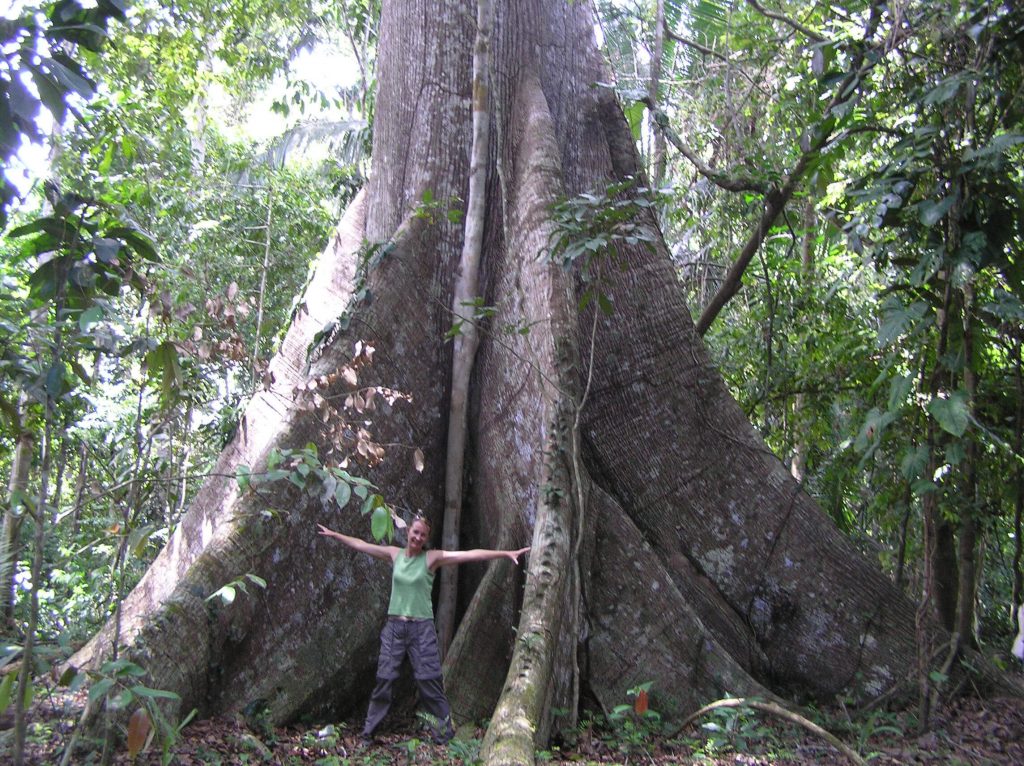
2. Half of Peru is Covered by the Amazon Rainforest
The Amazon jungle is the world’s largest rainforest. It is sometimes known as the “Lungs of Earth” producing 20% of the earth’s oxygen.
Known as the ‘selva’ in Spanish, this huge jungle (signature Peruvian Terrain) covers nearly half of Peru and also half of Brazil.
It is home to many plants and animals found nowhere else on earth. It is believed that nomadic tribes, uncontacted from the outside world, still live deep in the Amazon. It’s estimated that 15 of these tribes live in Peru.

3. The Andes Mountains are the Second-Highest and Longest in the World!
The Andes mountains are the second-highest mountain range in the world, after the Himalayas! The highest point in Peru is Mt. Huarascán, part of the Andes mountain chain. Mt. Huarascán is also the fourth-highest mountain peak in all of South America!
Another interesting fact in Peru is that the Andes are the longest above-water mountain range. The Andes mountain range goes through seven South American countries, including Peru. Starting north in Venezuela and going south through Argentina, it is about 7,000 km (or 4,300 miles) long!
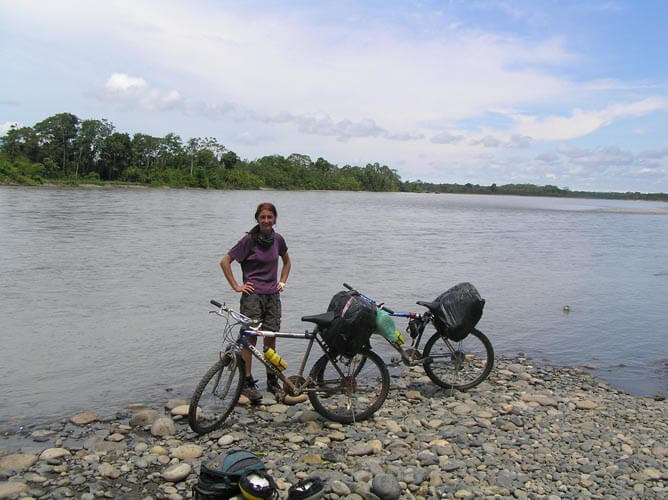
4. The World’s Largest River, the Amazon, Starts in Peru
The Amazon River is considered the world’s longest river. However, there have been arguments that the Nile River is longer. Either way, the Amazon River is the world’s largest river by volume – one of the most Interesting Amazon River Facts.
Starting in the Peruvian Andes, and running through Peru and the entire length of Brazil, the Amazon finally empties into the Atlantic Ocean. Lots of amazing creatures call the Amazon home. These include the piranha, the anaconda, the Amazonian Manatee, and the Amazon River Dolphin!
Other major rivers in Peru are the Marañón, Ucalayli and Madre de Dios, all of which are tributaries of the Amazon.
5. The Source of the Amazon River is in Peru
In 1996 a glacial stream on the Mismi mountain peak was identified as the source of the Amazon River. Mount Mismi is 5,597-metre (18,363 ft) in the Chila mountain range not far from Arequipa.
It must have been a contentious announcement as future studies, in 2001 and again in 2007, once again found that the source of the Amazon was definitely on Mismi Mountain.
6. Peru is Also Home to the Deepest Canyon In the World
Cotahuasi Canyon (from Quechua Kutawasi), near the city of Arequipa in Peru, is one of the deepest canyons in the world. With a depth of approximately 3,354 meters (11,004 ft), it is more than twice as deep as the Grand Canyon.
Slicing through the High Andes like a giant fissure for more than 100km, Colca is the world’s second deepest canyon, approximately 3,400m at its deepest point — a shade shallower that the nearby Cotahuasi Canyon

7. More Cool Peru Facts: Peru is Home to the Cerro Blanco Sand Dune – The Highest in the World
The highest sand dune in the world is located is in Peru. It is 1,176 meters (3,860 feet) tall! Located near the Nazca Province of Peru, near the town of Nazca. It is about 455km (283 miles) south of the capital of Peru, Lima.
Getting across the dunes is easier said than done. You can go by 4×4, and sandboarding is commonly practiced in the area too. Some of the dunes flow down for a full 1km.
For many, this makes Lake Titicaca the highest lake in the world. Though technically, there are many other bodies of water (that is, lakes) at much higher altitudes. So you see, there are many interesting facts about Peru!
That is why, technically, when referring to Lake Titicaca being the highest lake in the world, you need to say the highest commercially navigable lake in the world is Lake Titicaca.
It lies in the Altiplano at a height of 3,810 m (12,500 ft) above sea level and is half in Peru, and half in Bolivia. For more information on Bolivia, read our amazing facts about Bolivia.

9. Lake Titicaca is Home to a Tribe that Lives on Man-Made Floating Islands
The traditional residents of Lake Titicaca are the Uros people, who migrated to Lake Titicaca about 3,700 years ago. After the arrival of the Incas, who were an aggressive tribe that took over local tribes, the Uros built mobile floating villages in order to evade their enemies. Eventually, they were taken over by the Inca, one of the most important Peruvian cultures.
These floating platforms were made by weaving the thick roots of the Totora Reed (which grows on Lake Titicaca) into a sturdy layer. This is a significant task as the base of each island is up to 2 meters (6.5 feet) thick.
This takes considerable time and effort! To hold them in place, the islands are moored to the lake bed using long sharp sticks and plenty of rope. The islands also require a lot of maintenance, especially as today they are a popular tourist attraction.
10. You can Climb a Fascinating Rainbow Mountain in Peru!
That’s right, high in the Andes, near Cusco, Peru, there is an amazing rainbow mountain! It is also known locally as the mountain of seven colors or Vinicunca. When climbing up to the Rainbow Mountain area, people particularly notice the cochineal red, terracotta yellow, pink, white, turquoise, brown, and pink earthy tones. Each of these colors is caused by a specific combination of mineral deposits and creates the ‘rainbow’ effect.
Vinicunca Rainbow Mountain is also Peru’s newest tourist attraction, only becoming wildly popular since becoming a social media phenomenon in 2013. Some people think that the colors aren’t as amazing as they seem on Instagram and that photoshop plays an important part in the bright colors!!! I guess you will have to go to Peru yourself and find out!
If you are thinking of traveling to Peru and are young, check out our full post The Rainbow Mountain Peru with Kids.
There is so much exciting stuff to share about Rainbow Mountain; we put together a full Rainbow Mountain Peru Facts Post.
11. Peru is Home to the Puya Raimondii – The World’s Tallest Flowering Plant
Puya Raimondi is the world’s tallest bromeliad species of plant. A bromeliad is a relative of the pineapple and can take up to 10 years or more to even bloom. When it blooms, it can contain up to 8,000 white color flowers that look like lilies. After it blooms, it dies.
The Puya Raimondi is only found in the Peruvian or Bolivian Andes. Sadly, this interesting plant is an endangered species. It is estimated that there are only about 100,000 Puya Raimondi plants in the wild.
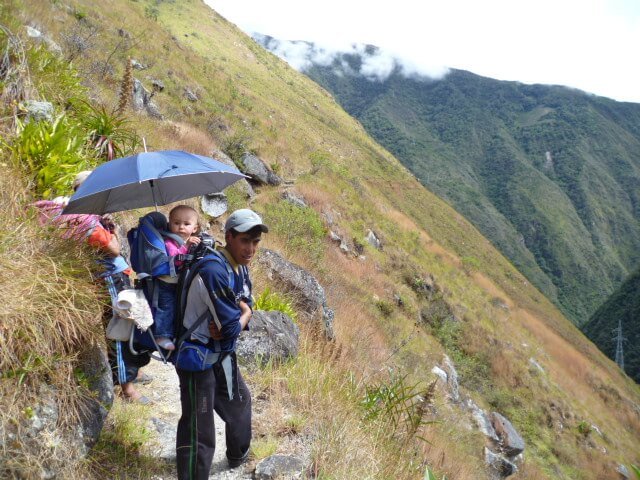
12. Peru is Home to One of the World’s Oldest Highway Networks
Peru has some of the most unique landscapes in the world, hence the unique highway networks spanning a whopping 40,000km, from Colombia all the way down to Chile.
The Qhapaq Ñan, Andean Road System has been used for generations. For example, the roads used to be the heart of the Inca empire, and the Incas referred to the road as the ‘Royal Road’ in the Quechua language. The roads were also the largest and most advanced transport system in pre-Colombian South America.
Throughout time, the Peruvian roads have been used by many groups, from messengers to entire armies to travelers and local populations.
Did you know that today you can still hike a part of the Incan highway network? This is still possible with young kids, and even babies. Discover how to hike a small part of the inca trail with a baby here.
Peru Fun Facts –Animals of Peru
Keen to fund out even more Peru fun facts?
Having a dry desert climate, as well as rich rainforests, mountain ranges, and huge lakes and rivers, and even a huge coastal region (including coastal desert), Peru has so many different ecosystems. Here are some facts about the animals of Peru.
13. You Want to See a Llama, Go to Peru
¾ of the world’s population of llamas live in Peru but don’t get close to them – they spit! Like really far, about 10 to 15 feet (3 to 4.5 meters). You can read more of our Fun Llama Facts for Kids here.
Did you know that llamas are cousins of the camel and highly intelligent animals? Llamas can learn simple tasks after only a few repetitions.
You May Also Like: Fun Facts About Alpacas for Kids.

14. Don’t Confuse a Llama with an Alpaca – Some of the Major Animal Species of Peru
Another fun Peru fact for kids is that many people confuse llamas with their cute cousins, the Alpaca.
So how can you know the difference? Look at their ears! Alpacas have short little ears with smooshed faces while Llama’s have longer ears and longer faces. Actually, the differences between them are so fascinating we wrote a whole post on it called What’s the Difference Between an Alpaca Vs Llama? 25 Differences and Similarities.
There are so many llamas and alpacas in Peru it would have been a fair bet to think that they would be Peru’s national animal. You are not far wrong; their cousin, the Vicuna, is the national animal of Peru.
15. The Llama is the Longest Animal Resident in the Americas!
The llama family (camelids) originated a whopping 40 million years ago on the central plains of North America, where they became extinct in the last ice age. However, before the Ice Age, they had migrated southwards, making a home for themselves in the Andes, where they continued to thrive long after their northern relatives had disappeared.
The Guanaco is a camelid native to South America and is closely related to the llama. Its name comes from the Quechua word Huánuco. Guanacos are one of two wild South American camelids. The other is the Vicuña, which lives at higher elevations and can be seen on a trek or remote adventure in the Andes.
16. The Sechuran Fox Lives in the Sechura Desert
While deserts might seem barren at first glance, they have lots of wildlife. The Sechura Desert in Peru is no exception. The Sechura Desert is a coastal desert located south of the Piura Region of Peru along the Pacific Ocean coast and inland to the foothills of the Andes.
Among its unique inhabitants is the Sechuran Fox, a creature uniquely adapted to the desert’s challenging conditions. This fox, with its sandy-colored fur, blends perfectly with the desert landscape, making it a master of camouflage. Its keen senses help it find food.
17. Guinea Pigs are a Special Meal
In North America, Europe, and places like Australia you can find guinea pigs in the pet store alongside rabbits and other domesticated animals. However, in Peru, the guinea pig is also a very special meal!
Known as ‘cuy’ (in Quechua and Spanish) the guinea pig is an important part of the Andean culture as well as a source of protein. The cuy, or guinea pig, plays such an important role in the local culture that the painting of the Last Supper in the cathedral of Cusco depicts Jesus and his disciples dining on guinea pigs!
Eaten on special occasions if you visit typical Peruvian homes, you will hear the peeps and squeaks of guinea pigs running underfoot. They are natural garbage disposal; the local people just peel their potatoes, carrots, etc. straight onto the floor, where they are hovered up by the guinea pigs.
But what are you going to do if someone grabs a guinea pig and roasts it in your honor?
18. The Largest Flying Bird on Earth – The Andean Condor – Lives in Peru
You can see the largest bird on earth, in the Colca Canyon. The Giant Andean Condor can grow up to 4 feet high and it has a wingspan of up to 14 feet, which is huge for a bird! Its wingspan is so huge that the Giant Andean Condor can fly for hours.
The Giant Andean Condor is considered a bird sacred by the Incas. Unfortunately, it is now considered somewhat endangered by the World Conservation Union.
19. What is the Connection between Paddington Bear and Peru?
The Andean Bear (Tremarctos Ornatus) is the only surviving bear species in South America. It is also known as the spectacled bear for the rings of white or light fur around its eyes, which can look like eyeglasses (or spectacles) against the rest of the bear’s black or dark brown fur. It is highly endangered due to its habitat being divided up by farmers and other types of interruption.
Spectacled bears are generally shy, peaceful, and elusive, and tend to avoid contact with humans. Which makes it a little strange that they were the inspiration for the children’s book series (and subsequent movie) Paddington Bear. To this day, Paddington Bear is a symbol of kindness to refugees that we should all remember.

Peru – Facts: People and Places
Peru is such an interesting country; that’s why there are so many interesting facts on Peru. Here are some interesting things about Peru to learn.
20. There are Ancient Cities in the Sacred Valley
Hidden within the Sacred Valley of Peru are clues to a mysterious past. Among these are
If you plan to visit Peru, the Sacred Valley should be on your list. Read our Fun Things to do in the Sacred Valley Peru for Families (2023) and A Guide to Where to Stay, and the Best Sacred Valley Peru Hotels for more in-depth information.
21. Peru has had 5 presidents in 5 years
Tensions between presidents and congress are not a new thing in Peru. From 2018-2022, Peru had 5 presidents!
Two presidents left before the end of their time allowed as president due to pressure from congress. One president left because of two votes of no confidence. The last was ousted as he decided to mount a coup- which was short-lived, as he was arrested around 5pm the same day!
22. Peru is Naturally Rich
Another one of the most interesting facts about Peru relates to natural resources. With rich biodiversity in the jungle, Peru is also one of the richest countries in the world (in terms of natural resources).
Gold, silver, copper, zinc, lead, and iron are found across the country, and there are reserves of oil and natural gas. However, most people in Peru are relatively poor.
Often mined by large multi-national companies, the wealth of Peru doesn’t reach the majority of the population, particularly the indigenous folk in the Andes.

23. The Capital of Peru, Lima is very BIG
Another one of the main fun facts on Peru is about the capital city. What is the capital city of Peru? Peru’s capital is Lima, but it was once referred to as La Ciudad de los Reyes, which means ‘City of the Kings’.
Lima was never more than an outpost of the Inca Empire but became the capital of the Spanish viceroyalty as the Spanish conquerors preferred to be near the coast.
Approaching a population of 10 million, Lima has almost a third of Peru’s 32 million population. Out of interest, in 2015, the biggest city in the Americas was Sao Paulo in Brazil, followed by Mexico City, then Lima at third. New York was the fourth largest city in the Americas, and Bogota the fifth largest!
If you will be traveling to Lima, check out our Lima resources:
The Best Things to do in Lima for Kids!
Lima Peru Hotels –Best Kid Friendly Choices
24. Peru is Home to Machu Picchu, One of the New Seven Wonders of the World
Even if you don’t yet know much about Peru, another one of the Peru fun facts is that Machu Picchu, a huge mountain, a whopping 2430m above sea-level, located in a tropical mountainous forest.
Macchu Picchu is one of the most impressive things built by The Incas, way back in 1450 AD. In 1983, Macchu Picchu was designated a UNESCO world heritage site, and now it’s one of the new seven wonders of the world, and a must visit for anyone travelling to Peru, even with kids
25. Amazing Facts About Peru – There are Lost Cities in Peru!
Andean explorers believe that there are most definitely lost cities in Peru. The legends of lost cities of vast riches keep people interested in the stories and attract many explorers searching for these mystical cities.
The most famous of all is Paititi, which is being searched for up until today. Explorers want to reach the lost city before the huaqueros or treasure hunters do – and preserve its riches and stories for science and history. While El Dorado may have been a golden myth, it is certain that there was a gold-laden city in Paititi, northeast of Cuzco. Even today, Paititi is considered the great archaeological enigma of South America as its location has evaded even the most complicated satellite imaging equipment and modern techniques.
Hollywood certainly has taken on some aspects of this with Dora the Explorer’s live-action movie featuring the search for Parapata, an Incan city deep in the Peruvian jungle, protected by Quechua-speaking guardians.

26. Quechua is the Language of the Inca Empire
By imposing one language on all the people, the Incas unified what was previously a lot of warring tribes. It is a beautiful language for storytelling,
It is an onomatopoeic language. What is onomatopoeia? See the definition of onomatopoeia here.
Many people in Peru only speak Quechua, especially the women in the high mountain areas. Only recently has Peru decided to teach Quechua as a part of the Peruvian curriculum.
However, the Incas didn’t have a written language. The official languages of Peru are Spanish and Quechua. They recorded crops and numbers using Qhipus, a series of knots, and they told stories via textiles.
More Inca Facts
From the fact that the Incas had no written language to the belief that the Inca civilization didn’t have any wheels and their cities were built by other methods, the Incas were a fascinating group of people. Take a look at more Fun Inca Facts for kids.

27. Astronomy Was Very Important to the Incas
Peru has a rich past thanks to its ancient culture, The Incas were super smart and did many incredible things. One cool thing about the Incas is that they loved studying the stars! They knew a lot about the sky and the patterns of stars and planets.
They believed that what happened in the sky affected life on Earth. So, they made a calendar using the sun, moon, and stars. This helped them decide when to plant crops and when to have big celebrations.
Have you heard of Machu Picchu? It’s a famous old city the Incas built. And guess what? They built it in a way that lines up with important events in the sky, like the longest and shortest days of the year.
28. While We Are on Lost Cities and Unsolved Mysteries
Coming to Western knowledge in 1927, The Nazca Lines, is a group of more than 70 huge human and animal geoglyphs. Geoglyphs are large designs made on the ground by stones, gravel, or carving out the earth. These particular geoglyphs are carved into the desert sand.
Located on a plateau between the towns of Nazca and Palpa, The Nazca Lines are considered one of the world’s greatest mysteries because no one knows who made them or why they are there. Some people believe they are an alien landing strip, some an astronomical calendar but no one really knows for certain.
More Fun Facts About Peru – Weird Traditions in Peru
Some of the most fun Peru facts can be learnt by learning about the weird traditions in Peru. Here are some more cool Peru facts to get you started.
29. Peruvians Have a Unique New Year’s Tradition
The Peruvians believe that if you wear new, colored underwear on New Year’s Eve it will indicate what the future year will hold for you. Yellow, for good luck, is the most popular color! Red is for love, and green is for money!
30. All Around Peru, You See Little Bull Statues on Rooves
Why are they on the rooves? Well, the Torito de Pucara as they are called, are placed on the roof for good luck, an abundance of crops and livestock, and also for general prosperity.
Almost every building in Southern Peru has the Torito de Pucara on its roof. Often times the ceramic bulls are accompanied by Christian religious symbols and symbols that honor Peru’s ancient deities.
Even More Peru – Facts!
Peru is a treasure trove of wonders, from its vast landscapes to its rich cultural heritage. But that’s just the tip of the iceberg! Here are some more fun facts about Peru.
31. Over 4,000 varieties of potatoes grow in the Peruvian highlands
Astoundingly, over 4,000 different varieties of Potatoes flourish in the highlands of Peru.
From small, colorful tubers to large, starchy ones, the range and diversity are impressive. Each variety has a unique taste and texture.
32. It Takes a Long Time to Make Traditional Peruvian Ponchos!
Did you know that making Peruvian ponchos is like working on a big puzzle? It takes a lot of time and skill!
Imagine spending 500 to 600 hours on a project. That’s how long it takes to weave a traditional Peruvian poncho. These ponchos are special clothes made by talented artisans in Peru.
Every hour spent on making one of these ponchos is filled with care and attention to detail. The designs are unique and tell stories about Peru’s history and culture. For more info take a look at Threads of Peru.
I first arrived in Peru nearly 20 years ago and quickly fell in love with beautiful Peru. It quite literally has it all – stunning landscapes from snow-capped mountains to arid deserts on the coast. Its history is truly fascinating.
Not only the Pre Incan cultures like the Chavin and the Chimu, but the mysteries which remain to this day. The enigmatic Nazca lines are incredible and one of Peru’s great secrets. The conquest of the Incas is a dramatic and captivating story, while facts about Peru’s history after the arrival of the Spanish are also very interesting. However, it’s the people that really capture your heart.
High in the Andes mountains Quechua speaking people carry on their daily life much as in the time of the Incas, or their ancestors before them. Agricultural research stations such as Moray, in the Cusco region reveal a complex and profound understanding of the environment and crops.
In my travels, I stayed in earth floor huts, ate guinea pig or fresh-caught fish from high alpine lakes; and participated in local ceremonies that paid respect to Mother Earth, Pachamama. I worked alongside Quechua women wearing traditional dresses as they explained to me the meaning of their weavings.
I was privileged to have the most humbling experiences in the high mountains to the most elegant experiences in Peruvian cities like Cusco and Lima. In Lima we’ve dined in aristocratic mansions once only patronized by the Spanish descended elite, or tasted exquisite Novo- Andino cuisine created by Peruvian genius chefs like Gaston Acurio or Rafael Osterling.
It goes without saying that I have a lot of interesting facts about Peru in my head, and I am delighted to share them with you. Enjoy this charming and special country as we journey to Peru with these Peru fun facts for you.
The Verdict – Fun Facts About Peru
Well, there you have it – some fun facts about Peru, some interesting facts about Peru, and some weird traditions in Peru. We recently added some facts about Rainbow Mountain Peru; we hope you enjoyed the recent additions!
Without a doubt this amazing country is breathtaking in its scope, steeped in tradition, and also full of mystery. We hope you have enjoyed this journey in Peru with us and learned some interesting Peru facts along the way!
Interested in learning more facts? Why not read our Capybara Facts for Kids
Like It> Pin It>32 Fun Facts About Peru for Kids – From Personal Experience


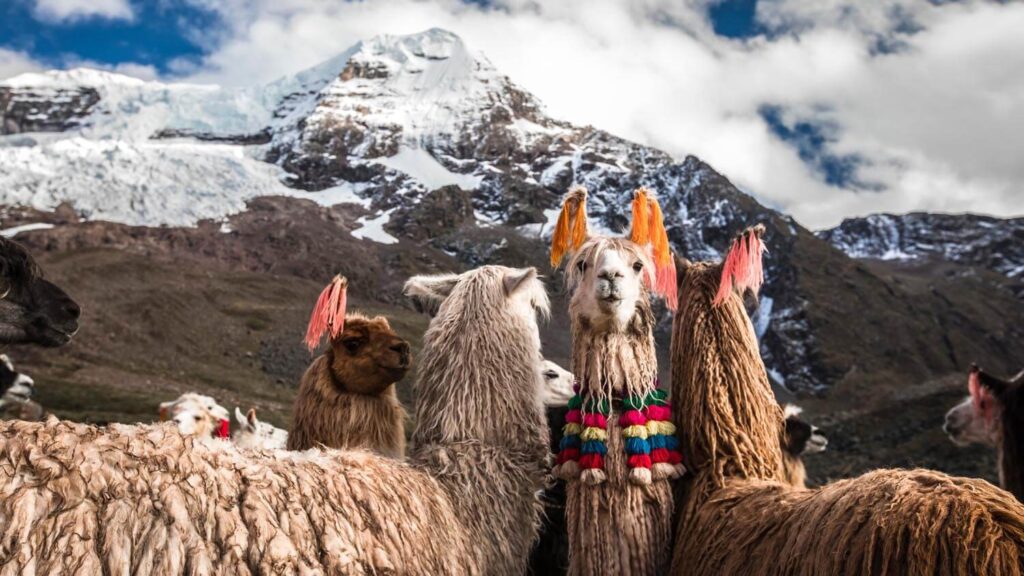






















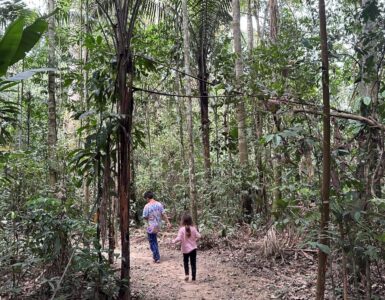
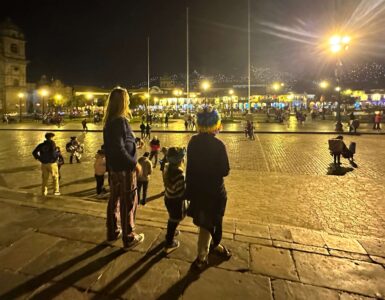
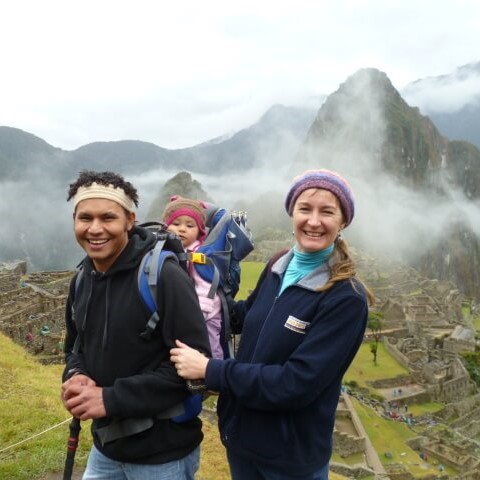
I never realised that there were possibly still lost cities in Peru! How fascinating! We would love to explore South America and Peru is always high up on the list of places to travel!
I love seeing how people live in other countries
[…] in knowing some more about Peru, try our Fun Peru Facts For Kids. Or if you would like to delve deeper into the history of the fascinating Inca Empire, try Facts […]
Just beautifully done!
I am a Spanish teacher for 6th graders.
We are making a “travel brochure” & each student may pick a country to advertise.
Thank you for your thorough website!
[…] is such an amazing country with many Fun Peru Facts. The country is very near and dear to me because before having children I lived there and […]
[…] the kind of fun Peru fact you learn during the totally awesome chocolate making tours offered at the Choco Museo […]
[…] the kind of fun Peru fact you learn during the totally awesome chocolate making tours offered at the Choco Museo (Chocolate […]
[…] Interesting Peru Facts For Kids […]
[…] Interesting Peru Facts For Kids […]
[…] special to us. We also consider ourselves knowledgeable on all things Peru travel. Here are our Peru Facts For Kids, and also our Full Guide To Peru With […]
[…] unaffected by the world outside.They still farm using Incan agricultural practice, amongst other fascinating facts. Their clothing remained the same and their agricultural practices handed down from the Incas. […]
[…] This also happens to be one of the most fascinating facts about Peru. We have covered it in Fun Peru Facts For Kids. […]
[…] 11 Fun Peru Facts For Kids […]